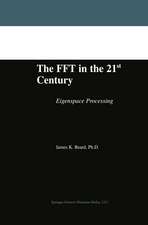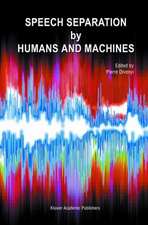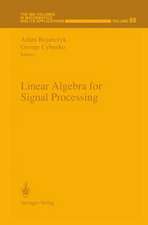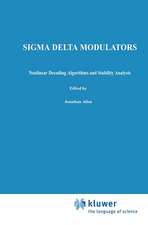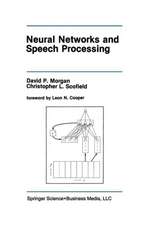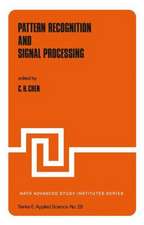Principles of Magnetic Resonance Imaging
Autor Yi Wang Phden Limba Engleză Paperback
Preț: 598.86 lei
Preț vechi: 739.33 lei
-19% Nou
Puncte Express: 898
Preț estimativ în valută:
114.61€ • 118.39$ • 95.38£
114.61€ • 118.39$ • 95.38£
Carte tipărită la comandă
Livrare economică 26 martie-09 aprilie
Preluare comenzi: 021 569.72.76
Specificații
ISBN-13: 9781479350414
ISBN-10: 1479350419
Pagini: 372
Dimensiuni: 203 x 254 x 25 mm
Greutate: 1.05 kg
Editura: CreateSpace Independent Publishing Platform
ISBN-10: 1479350419
Pagini: 372
Dimensiuni: 203 x 254 x 25 mm
Greutate: 1.05 kg
Editura: CreateSpace Independent Publishing Platform






